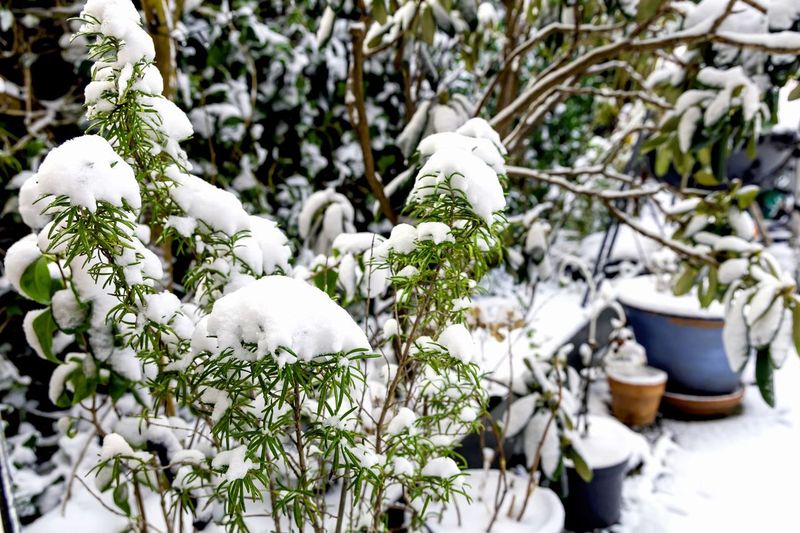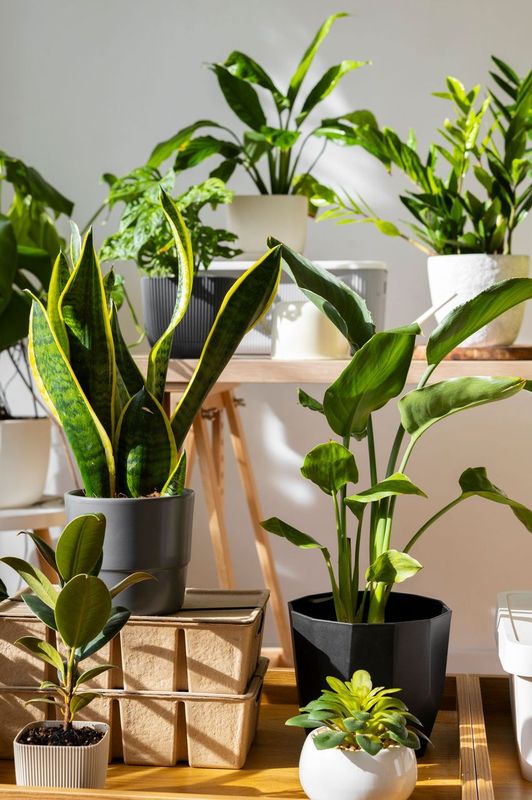
WINTERIZING YOUR GARDEN
As the cold inevitably creeps in, the chill in the wind serves as a reminder to get your garden ready for the winter. Here are a few tips to get you set on the right path for success and healthy growth when the final frost thaws in the spring.
There’s still time before the ground freezes to plant any leftover bulbs or shrubs before they enter their dormant period for the winter. Check with your local nurseries for late autumn plantings.
As for your current plants, some routine maintenance is key to making sure your garden comes out of the cold season as strong as possible. If there has been a dry spell, water thoroughly before winter dormancy in order to protect leaves and stems from drying out in the cold winter air, then cover the bottom three to five inches of shrubs and stems with mulch or insulate the roots. If you have any compost to add into the mix, the nutrients from the compost will help boost regrowth and bloom after the last frost thaws. Straw or pine needles around the base of your plants will also provide that root insulation and naturally add to the soil organic matter.
While you’re insulating your garden, take the opportunity to prune any dead or diseased foliage to promote newer and healthier growth in the spring. Covering more sensitive plants with burlap or tarps also prevents winter desiccation damage, and keeping up on snow removal throughout the winter whenever the snowfall is heavy will help curb the chances of breakage.
If you’re not ready to give up your vegetable garden and are prepared to brave the chilly fall air, plan on adding winter-hardy vegetables that can withstand and thrive in the early frost. Some popular options include brussels sprouts, cauliflower, broccoli, onions, or leafy greens. Specific care will vary based on the vegetable in question, but it’ll be worth the research to have an early to midwinter harvest.
HOUSEPLANTS: INDOOR GARDENING TIPS
If you’d like to keep your green thumb hard at work but dislike to the outdoor winter temperatures, houseplants are a great way to keep your passion alive while the cold persists outside your windows.
Even though the houseplants won’t be outside and exposed to the winter elements, there are some that are better suited for chilly indoor winter conditions than others. Pothos plants are durable and have no problem being placed next to icy windowsills or in lower light. Just be careful watering these beauties, as the leaves will start to yellow if they are over or underwatered. Other easy-to-care-for houseplants include spinderwort (Tradescantia spp.), the Chinese evergreen plant (Aglaonema spp.), cyclamen, some orchids, and, as the name implies, cast iron plants (Aspidistra spp.).
General advice for houseplant care during the winter involves keeping the soil draining well and on the drier side to make sure your plants aren’t holding onto unnecessary and harmful moisture. Also, just like with your outdoor plants, you’ll want to monitor for pest problems such as mites or scale. Bringing plants to the sink or shower to thoroughly wash their foliage can go a long way in keeping these problems in check.

COMMUNITY GARDENS FOR ACCESSIBLE AND BEGINNER GARDENING
Community gardens have been on the rise in cities and small towns across the upstate region. Community gardens help build neighborhood ties and are beneficial to the environment. Transforming extra spaces into flourishing gardens not only enhances the town’s aesthetics but also fosters a sense of community and shared stewardship. This is the perfect time to research gardens near you and plan for the 2025 planting season. Cornell University has a map of all the community gardens across New York. With the extra time during the winter season, you can start “planting the seeds” of ideas for your spring gardening plans.
Growing your own vegetables in a community garden is also a good way to avoid pesticides that may be found in store-bought produce. If you want to cultivate more organic eating habits, this is one way to ensure you are eating clean, local, and in-season nutrients
Aside from the benefits for the community at large, these public-use gardens can be helpful for people that want to get into gardening and practice their skills but lack a space of their own. Having these spaces for open gardening helps people get outside for fresh air and enrichment through their hobby and passion for growing their own food. This is especially true for those living in apartment buildings.
Even if you don’t plan on growing fruit and veggies, visiting or helping in community gardens is still a good way to observe what your local soil will support in terms of flowers or herbs. However, many community gardens utilize raised beds to avoid possible contaminants in the soil, so be sure to look at whatever guidelines exist in your local community garden before getting started.
Find a community garden near you: compost.css.cornell.edu/communitygardenmap.html.
For tips on starting your own community garden, visit: health.ny.gov/environmental/outdoors/garden/urban.htm.
Paige Kingsley is a journalism student at SUNY Brockport.
Views: 260






